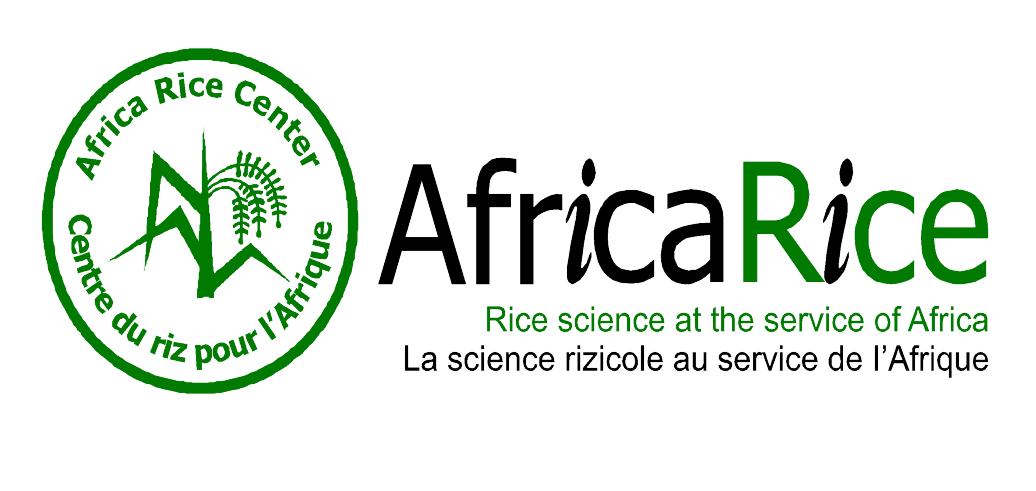Wild Relatives
Although the AfricaRice genebank holds five wild species (O. longistaminata, O. barthii, O. punctata, O. brachyantha and O. eichingeri), these wild species altogether account just 1% of the total collection. The wild rice species have been extensively reported as sources of resistance to various biotic stresses (diseases and insects pests) and tolerance to abiotic stresses (e.g., drought, heat, salinity, desiccation, waterlogging, and cold)30,31. However, each wild rice species is represented by a few accessions ranging between 1 and 130 accessions, which indicates the immediate need for acquiring more accessions. Delayed action may result in a high risk of losing them due to a rapid climate change in the continent. To get an insight into the possible occurrence of each wild species, we downloaded the passport data of herbaria voucher specimens from the Global Biodiversity Information Facility (GBIF) and developed 3D maps. The maps clearly showed multiple African countries that can be considered for new collecting missions. For example, the Democratic Republic of the Congo, Central African Republic, Tanzania, Uganda, Zambia, South Africa, Chad, Côte d’Ivoire, Cameroon, Ghana, Guinea, Mali, and Niger have been represented by various herbaria voucher specimens of at least four of the wild species.
